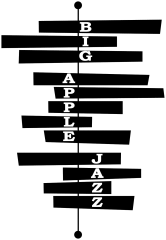New York City, NY
The Church of Saint John Coltrane – A Blast from the Past
The Church of Saint John Coltrane – A Blast from the Past

by Gordon Polatnick
Originally published in the Haight Ashbury Free Press circa 1995
Sometimes I think I’m the only one who understands what true religion is. It’s that cozy state of mind where nothing is more apparent than the unassailable fact that each of us belongs here on Earth, and is deeply loved by an enduring spirit. If you’ve got that kind of religion, you want to share it. If you’ve really got that kind of religion nobody will mistake you for a used god salesman.
That’s your litmus test, my proselytizing friend, turn one person off and it’s back to the pew for you. True religion is the light bulb that just has to be flicked on to attract a flock of worshipping moths. Amen. That light bulb doesn’t have to convince the moths that it’s burning bright (those moths can tell and they come a’ runnin’).
On Divisadero Street there is a pretty bright light bulb that first appeared over the head of Franzo King in 1971 when he had the idea to organize the “One Mind Temple Evolutionary Transitional Body of Christ,” which would soon evolve into Saint John’s African Orthodox Church. Only a small portion of the population can see that light and recognize its truth.
Those that do, flock to it. They experience their religion through music hearing it, playing it, filling the pool on Sundays and Wednesdays diving in and swimming in it. It’s the music of John Coltrane (1926-1967). It overflows out onto the street from the storefront church at 351 Divisadero near Oak. Perhaps you’ve heard it. Perhaps you’ve heard of it. Perhaps you’re dying to hear this: You are invited to jump in, the water’s fine — flowing from the headwaters of the heart of locally canonized Patron St. John Will-I-Am Coltrane, visionary post-bop tenor and soprano saxist, band leader and composer.
Bishop Franzo Wayne King dedicated the present “temporary” church site on Trane’s birthday in 1972. Underway is a dedicated effort to raise $100,000 to move into a larger space which will better accommodate the standing room only congregation of worshippers and always welcome sightseers. Two Byzantine-inspired haloed images of Coltrane stare out at them from exquisitely painted icons by Rev. Marc C. E. Dukes. In each, St. John is depicted with saxophone in hand — reinforcing the notion among newcomers that this church is really different but it’s for real. Other icons show a dark-skinned Jesus, and Madonna and Child.
The Sunday Divine Liturgy lasts over three hours, starting late for late-risers at 11:45. Coltrane’s music swallows you up as you enter. The curious, who don’t intend to stay past the playing of music (i.e. not through the sermon), appropriately populate the last three pews and standing room by the door. A deacon of the church is there to assist you to an open pew. You are treated to the inspired sounds of Bishop King, Ohnedaruth (the church band), guest soloists, your neighbors and yourself if the holy spirit moves you. Tambourines and shakers move throughout the congregation and many people bring their own instruments to church with them.
A wooden toy train whistle and a recently acquired Hammond organ create new sounds spilling out onto Divisadero Street. And by around 1:30, so are many of the back pew occupants. They have elected to deprive themselves of the more familiar nonmusical trappings of a Sunday church service. A few weeks ago those folks missed some humorous spontaneous riffing along the lines of “TOOT TOOT All aboard the Coltrane,” the humble little train whistle taking on a more and more prominent role as the service steamed forward.
Also missed was Bishop King’s incredibly literal reading of the scripture story about Mary and Joseph “losing Jesus” during a Passover pilgrimage to Jerusalem, and their subsequently “finding Jesus,” not in a crack house, but in the house of worship. Bishop King has the ability to spiritually move his congregation with words as well as music.
When John Coltrane in 1957 experienced a spiritual awakening (around the same time that he was briefly teamed up with Monk) he “humbly asked [God] to be given the means and privilege to make others happy through music.” One visit to St. Johns African Orthodox Church brings home the realization that his prayer was heard. You begin to realize that for a lot of people around San Francisco, prayers voiced for a place and manner of worship unlike any in the world has been heard as well. A Love Supreme seems to be alive and well and jamming in the Haight.
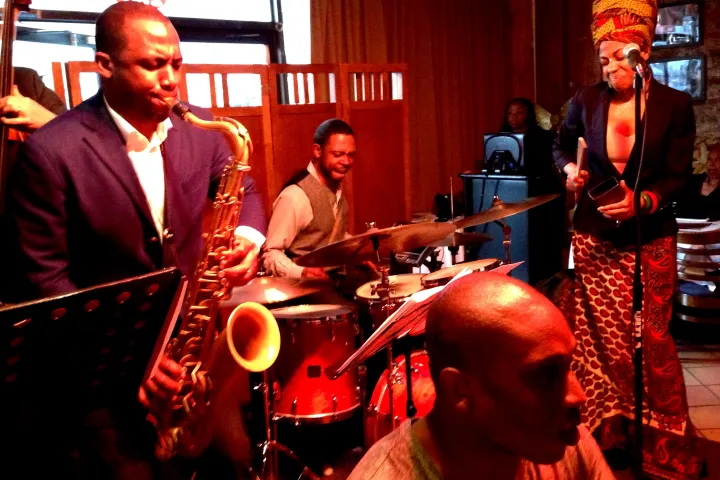
Harlem Juke Joint Tour
Your Harlem jazz tour guide customizes the best itinerary for each given night, based on the most talented players in Harlem’s most exciting jazz clubs.
185 Reviews

Harlem Juke Joint Tour
Your Harlem jazz tour guide customizes the best itinerary for each given night, based on the most talented players in Harlem’s most exciting jazz clubs.
185 Reviews
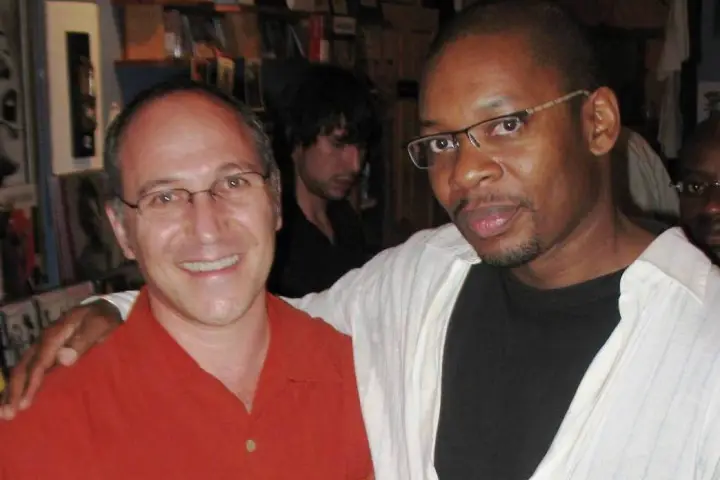
Legends of Jazz Tour
This is our premium tour! It features jazz’s international superstars, and also rising stars who deserve wider recognition.
185 Reviews

Legends of Jazz Tour
This is our premium tour! It features jazz’s international superstars, and also rising stars who deserve wider recognition.
185 Reviews

Greenwich Village Jazz Crawl
Intimate Greenwich Village Jazz Tour to discover and explore two hidden jazz haunts and the sites where Billie Holiday, Charlie Parker, and Bob Dylan made history.
185 Reviews

Greenwich Village Jazz Crawl
Intimate Greenwich Village Jazz Tour to discover and explore two hidden jazz haunts and the sites where Billie Holiday, Charlie Parker, and Bob Dylan made history.
185 Reviews
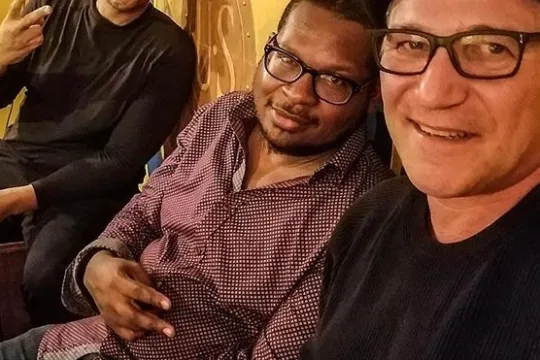
Private Tour
We’ll design your private jazz tour based on your tastes and our extensive knowledge of musicians, clubs and speakeasies throughout the city. We know what is happening nightly on and off-the-beaten-path.
185 Reviews

Private Tour
We’ll design your private jazz tour based on your tastes and our extensive knowledge of musicians, clubs and speakeasies throughout the city. We know what is happening nightly on and off-the-beaten-path.
185 Reviews
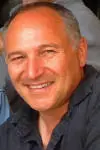
Gordon Polatnick
Gordon is the founder of Big Apple Jazz Tours. What started as a personal challenge to discover and document all of New York’s hundreds of jazz joints and to establish Harlem’s first jazz day club, has now blossomed…
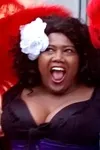
Amanda Humes
There’s no one in New York City like Amanda! Equal parts sass, smarts, and customer service – Amanda is the Harlem resident, Columbia University graduate, and…
